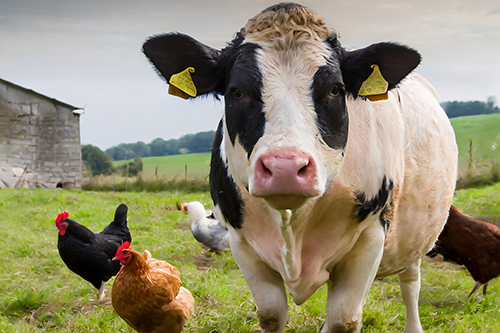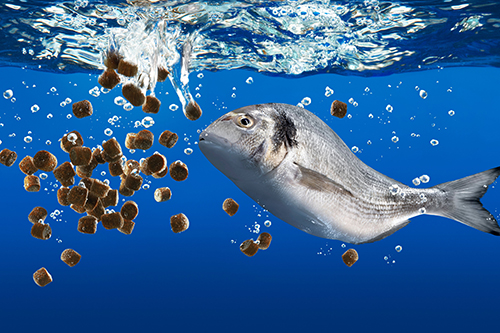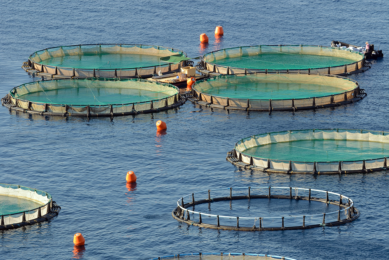AMR crisis in Vietnamese catfish: New project to encourage vaccine use

Concerns about the widespread use of antibiotics in some areas of the Far East aquaculture sector have prompted an initiative to roll out a new vaccine that could deliver major benefits to the industry.
The new £770,000 project, which is being led by scientists at the University of Stirling, will build on a previous study that developed an innovative vaccine to tackle antimicrobial resistance (AMR) in Vietnamese catfish.
The funding, which has come from Canada’s International Development Research Centre and the UK Department of Health and Social Care, will be used to support the commercial development of the vaccine and encourage uptake among aquaculture farmers in Vietnam.

AMR crisis
Project leader Professor Margaret Crumlish said vaccine hesitancy in the Vietnamese Pangasius catfish sector remains high and combined with poor antibiotic stewardship, the sector had reached an AMR crisis.
“The novelty of this project, is not only the new immersion-based vaccine, but the integration of behavioural sciences to directly address the vaccine hesitancy and promote vaccination strategies to reduce the threat of AMR,” she said.
Vietnam Pangasius sector: Global leader
Vietnam is one of the largest producers of aquaculture in the world and over the past 25 years, has become the global leader of the Pangasius sector, with the produce sold to more than 160 nations.
Animal feed
Previous research has shown that in grow-out production, the highest production cost was for feed, which accounted for about 81% of the total production cost. A total of 78 registered feed ingredient-trading companies supply an estimated 1.6 million tonnes of feed ingredients to feed manufacturers. 50.9% of feed ingredients used in aquatic and terrestrial animal feed in Vietnam are imported.
The majority of imports comprise high quality protein sources such as fishmeal, poultry meal, meat & bone meal, blood meal, and soybean and canola oil seed meal. In addition, many of the feed additives used in the formulated feed are also imported. There are 48 commercial aquafeed manufacturers supplying the pangasius sector with high quality floating extruded feed. (Hasan/Shipton 2014).

Bacterial infections
However, catfish suffer from bacterial infections, which result in the widespread use of antibiotics. Previous research has shown that 4 in 5 of farmers used a cocktail of antibiotics and lacked a therapeutic approach. Many are reluctant to use a commercial vaccine that has been available since 2013.
Lack of trust in vaccine
This has been due to a lack of trust in the vaccine, concerns about future use, inconvenience and cost.
Vaccine against 2 major diseases
The first part of the study, which launched with £660,000 of funding, developed improved vaccines against 2 major bacterial diseases – Edwardsiella ictaluri and Aeromonas hydrophila – that affect the sector.
Immersion technique: 70% protection
The Stirling team successfully developed an effective vaccine that works by immersion, submerging fish into the vaccine for a short period of time, before returning them to the pond. Data from the first project showed the new vaccine gave 70% protection against both diseases.
The next steps
The next stage will seek to move the novel vaccine along the production pipeline and explore interventions designed to encourage farmers away from antibiotic use and towards vaccine uptake. The effects of vaccination against Covid19 will be explored as part of this project, which runs until October 2026.











